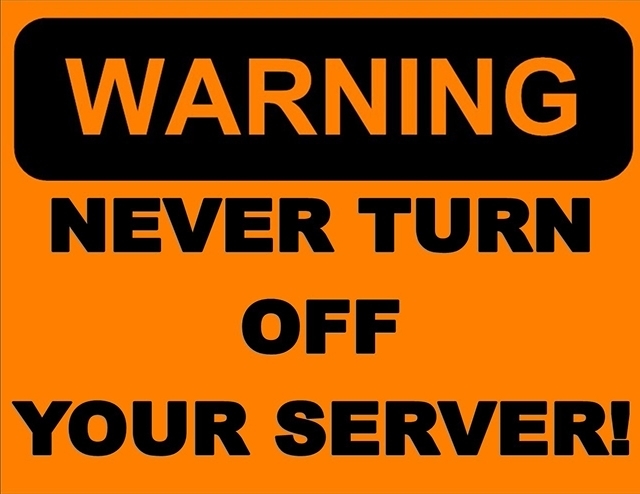Panic Free Disaster Recovery

In certain industries it is common practice or even a requirement to have a Disaster Recovery Plan in place. However, it’s rare that anyone actually follows the procedure. That may be because it’s often developed for documentation/accreditation requirements, staff aren’t trained sufficiently, or simply that panic typically proceeds a disaster.
What actually is a Disaster Recovery Plan?
Often also referred to as a Business Continuity & Disaster Recovery (BCDR) Plan or Strategy, is a documented strategy and procedure to follow in the event of a disaster. This covers everything from simple Internet/Power outages or Virus Infection, to Fire, Flood or other natural disasters.
The plan should include key contacts for Management Staff, IT Provider as well as relevant Utility Service Providers.
Our Role as your Managed IT Services Provider
For our Managed Services Clients, a DR Plan is provided as part of the agreement. As your IT Systems are fully documented, we position ourselves to best coordinate a DR response based on the type of disaster. Rather than provide a thick document of every known disaster and contingency that no one will ever read, we provide a simple, one page document with keys steps and contacts which allows any staff member to take action quickly and effectively.
However, even the simplest of plans can be overwhelming when everything is seemingly crumbling, and staff are suddenly in a frenzy.
What NOT to do in a Disaster
The first steps on our DR Plan are to ensure that Staff & Customers/Patients are safe (if relevant), to identify the type of disaster (i.e. Power Failure, Virus Infection, Water Leak or Fire, etc.) and to contact relevant emergency services or authorities. Then of course, contact your IT Provider. In most cases where the IT Provider provides monitoring, they may already be aware of an issue and be attempting to contact you for more information.
When talking to the IT Provider, there’s a few things to keep in mind…
- Don’t Panic! – No, seriously, the IT Provider cannot assist or determine the best DR method if they cannot understand you or you’re constantly talking to others. Again, the first priority is always the safety of yourself and others – we wouldn’t expect a call if everyone is fleeing a fire or flood.
Find a quiet space or instruct another staff member to assist others. And of course, remain as calm as possible to provide the necessary information to IT. IT Providers have typically managed enough disasters of varying urgency to get to the bottom of an issue quickly and provide instruction. - Do NOT reset the Server – We cannot stress this enough. Killing/resetting the Server could have damaging effects. Depending on how your Server was designed, it will most likely operate with a ‘RAID Array’. A RAID Array is a number of Hard Drives that operate together as one to provide increased performance and redundancy. However, RAID Arrays can be sensitive to sudden loss of power and result in significant data corruption and a Server that will no longer boot. This is the purpose of a UPS – to gracefully shut down a Server in the event of utility power outage.
Please always contact your IT Provider to discuss options. After Hours Emergency calls to us are sent to Voicemail initially (by design) and are typically checked within minutes.
Your IT Provider will review the issue to determine the likely cause and faulting component. If the issue is indeed within the Server itself and your IT Provider is not able to access and resolve the matter, only then might they advise to reset the Server. Forcefully resetting the Server should always be an absolute last resort.
Training
A part of the DR Plan should appoint a key person(s) to execute the plan when required. This is typically Management or Senior Staff. This key person is then responsible for ensuring the DR Plan is understood and followed accordingly.
It’s beneficial to provide training to key persons as well as staff as part of staff meetings, etc. NOYTECH may provide a number of disaster scenarios for your team to discuss and may even provide full training to your staff if desired.
For more information or to discuss your Disaster Recovery Plan, contact us!